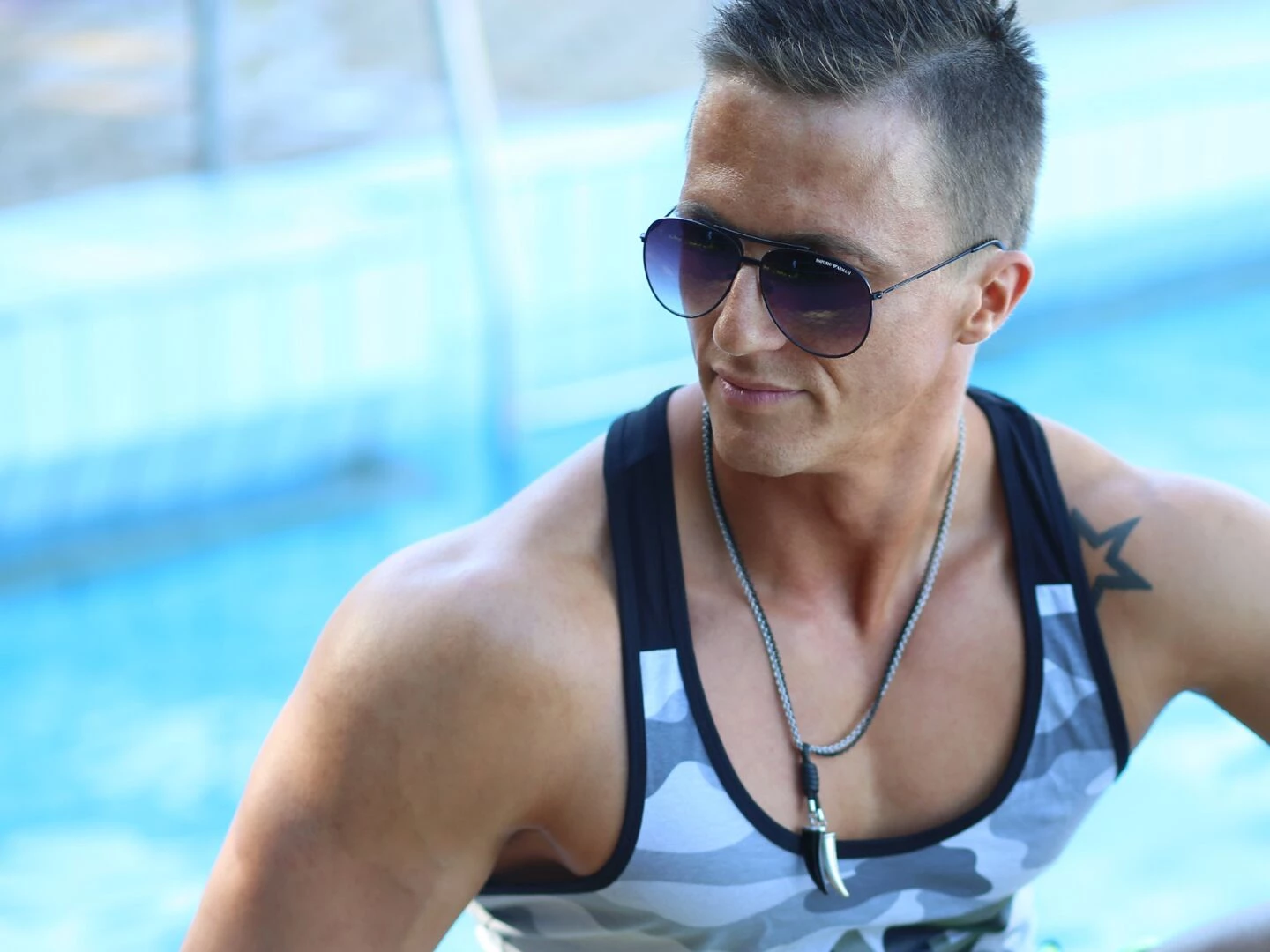The best sports sunglasses
Sports sunglasses make a difference
The right pair of sports sunglasses is not just there to look sharp in a race photo; it's part of your essential kit. Out on the road, on court, or afloat, your eyes face a constant onslaught from UV light, glare, wind, dust, and the occasional bit of flying grit. If you've ever squinted into low winter sun halfway through a run or been dazzled by wet asphalt on a summer ride, you'll know exactly what I mean. Polarised sunglasses can make a staggering difference, cutting glare and easing eye strain by as much as 40%, so you can stay locked in on your performance instead of battling the brightness.
Comparing a pair of everyday high street shades to proper sport-specific eyewear is like putting a saloon car up against an F1 machine; they may both have wheels, but the engineering world beneath the surface could hardly be more different. And here in Britain, where the light can shift from muted grey to blinding glare before you've even finished your warm-up, investing in the real deal is less about indulgence and more about preparation.
The science behind sports sunglasses
Behind every elite pair of sports sunglasses is a surprising amount of science. Take polarised lenses: they work by filtering out horizontal light waves, the kind that cause glare from water, snow or wet tarmac. The effect isn't magic, it's physics. A wafer-thin filter, often made from stretched polyvinyl alcohol, is embedded in the lens to block up to 99% of those unwanted reflections.
The lenses themselves are typically cut from lightweight yet bombproof materials like polycarbonate, while modern frames use TR90 thermoplastic for flexibility without the weight penalty. Many performance models, including Sphaera Oakley sunglasses and SunGod's Ultras, are designed with a sweeping wraparound curve. It's not just for style: it protects your peripheral vision from wind and grit, keeps the airflow steady over your eyes, and prevents light sneaking in from the side.
Rubberised nose pads and grippy temple arms hold them steady, no matter how sweaty the session. Add water-repelling coatings, smudge resistance, anti-reflective inner surfaces, and sport-specific tints, and you end up with a piece of kit engineered for the front lines of outdoor sport.
Big names on the UK eyewear scene
The UK market is full of contenders, but a few names stand out and provide quality sports glasses and cycling glasses for serious athletes. Oakley sunglasses remain the undisputed reference point, with models like the Radar EV and Jawbreaker turning up almost everywhere, from the pro peloton to parkruns, thanks to its Prizm lens tech, which sharpens colours and boosts definition.
Ray-Ban sunglasses, though best known for their lifestyle frames, have edged into credible sports territory, drawing in those who want performance without losing street appeal. Adidas 's Evil Eye range is a fine example of German precision meeting practical needs. At the same time, Tifosi and Rudy Project continue to win converts by offering top-tier specs at mid-range prices.
French brand Bollé earns praise among skiers and cyclists alike, and Smith Optics is building a loyal following with its innovative ChromaPop lenses. Even Decathlon has raised eyebrows with its in-house Quechua and B'Twin offerings, affordable yet surprisingly capable for regular weekend use.
Picking the right pair for the job
Choosing sports sunglasses isn't about grabbing the flashiest pair on the shelf; it's about matching the design to how and where you'll use them. Cyclists tend to favour cycling glasses with wraparound frames for full-field vision, quick-change lenses for shifting cloud cover, and rock-solid retention that won't budge over bumpy ground.
Runners need a lighter touch, minimal weight and built-in ventilation to avoid fogging, and strong lenses for rough trail sections. For water sports, polarised sunglasses are more or less non-negotiable, ideally with floating frames or leash systems so that they don't sink without a trace. In ball sports like tennis or cricket, amber and copper tints can help pick out the ball against complex backgrounds.
High-altitude mountaineers and glacier trekkers should consider category four lenses for maximum UV shielding. At the same time, indoor players might opt for clear or lightly tinted options to reduce glare from harsh lighting. And whatever the sport, fit is everything: glasses should sit comfortably without sliding, pinching, or creating pressure points, even after hours of wear.
Looking after your eyewear investment
Decent sport sunglasses can set you back anything from £30 to well over £300, though most dedicated amateurs find the sweet spot in the £80-£150 range; enough to get real technology without paying for star endorsements.
Look after them and they'll pay you back for years. That means using microfiber cloths and proper cleaning solutions exclusively, avoiding the corners of your jersey; opting for rigid cases over soft pouches; and regularly inspecting hinges, pads, and grips to catch wear early.
Here at AlphaOmega, we provide replacement lenses and parts, which can make refurbishment far more cost-effective than buying afresh. Interchangeable lens systems might cost more upfront, but they can cover every light condition you'll encounter, effectively giving you several pairs in one. And if you use prescription glasses day-to-day, it's worth knowing many sports models now take prescription inserts or can be directly glazed, saving you the awkwardness of over-glasses setups. In all cases, it's an investment in your performance, your comfort, and your eyesight.
More on UV protection sunglasses
A guide to lenses
Why UV protection is good
Sunglasses for the ski slopes

Shop online for genuine and original
Ray-Ban, Oakley & Oliver Peoples

